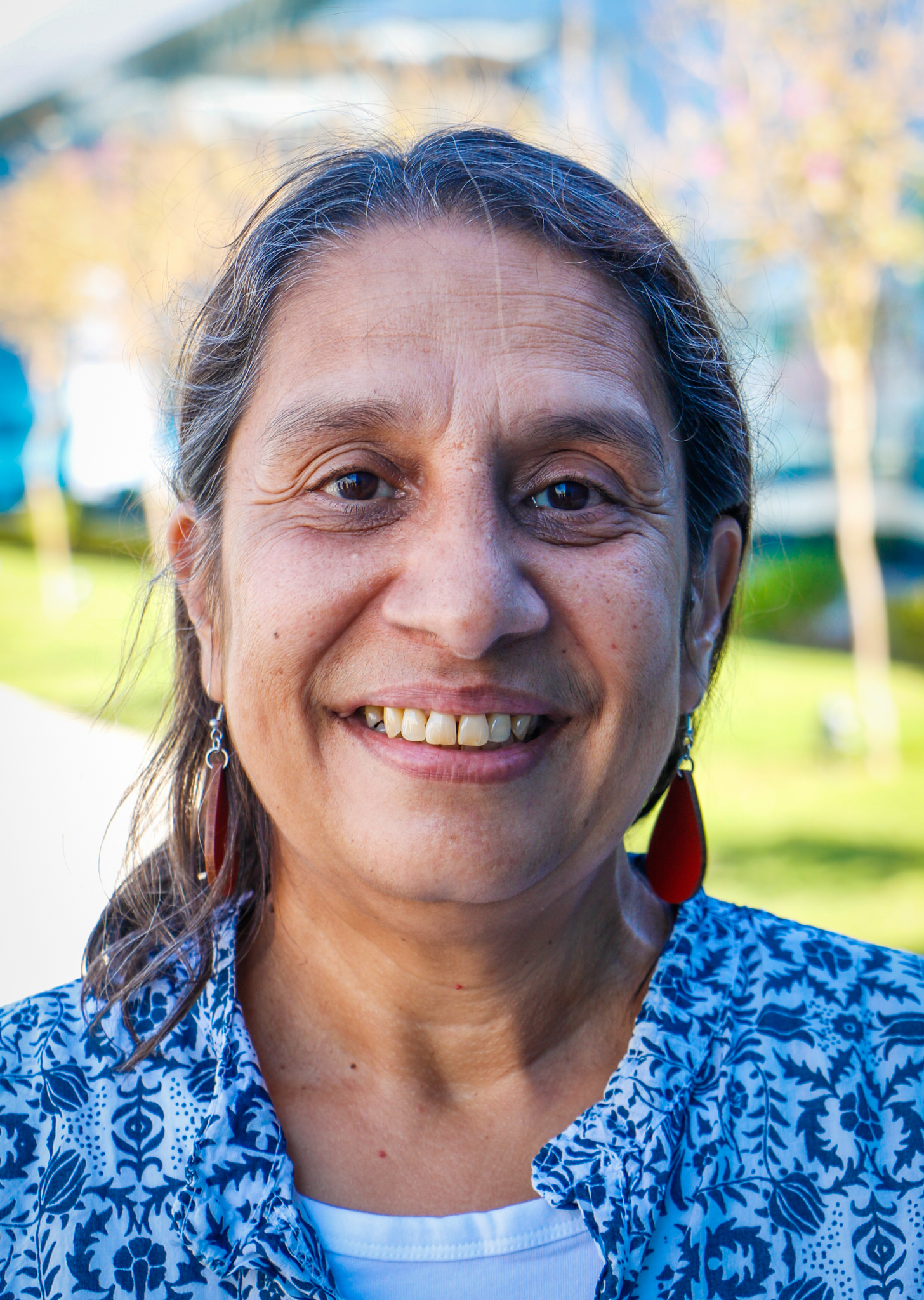Climate and militarisation
Building on our analysis in Climate Collateral (2022), we continued to drive home the message that increased military spending accelerates climate breakdown. Not only does militarisation increase carbon emissions, it also diverts resources and attention away from the urgent, existential threat of climate change. A new report, Climate Crossfire, showed that if NATO members increase their military spending to 2% GDP, trillions would be siphoned away from climate action, including sorely needed climate adaptation measures for low- and middle-income countries. Major media outlets, including Al Jazeera, the Guardian and Democracy Now, highlighted TNI’s analysis. Meanwhile, as part of the Global Days Against Military Spending, activists worldwide took part in some 100 actions to drive home the fact that ‘War Costs Us the Earth’. TNI was pleased to serve on the Steering Committee for the campaign, which received more than 40,000 views on social media.

‘As our world becomes ever more militarised at a time of climate breakdown, the unity of peace and climate movements is critical if we want to achieve climate justice. That is why TNI’s decade-long research and analysis on the intersection of militarism and climate was not only prescient, it has also been invaluable to climate movements worldwide.’
– Tasneem Essop, Executive Director, Climate Action Network International
A narrative of demilitarisation and peace in Europe and beyond
TNI provides valuable analysis and support to movements in Europe that are defending the rights of refugees and migrants, and calling for an end to securitisation of borders. At the ‘No-Borders Camps’ in the Netherlands and Ireland, both attended by some 100 participants, we shared our insights with activists, including in a two-hour workshop on the border security industrial complex. New research in 2023 focused attention on the situation in the Balkans. With the report Repackaging Imperialism, we showed how the EU has funded the International Organisation of Migration to develop a transnational security apparatus in the region, and to test and fine-tune Europe’s migration policies.
On International Refugee Day, we published a long-read article describing how the EU has used the war in Ukraine to expand its border regime. The piece was shared on social media by several members of the European Parliament, reaching tens of thousands of readers. Given the challenge of addressing and preventing border violence in Europe, we also developed a short communication and messaging guide, Telling the Story of EU Border Militarisation. Co-authored with Equinox, EuroMed Rights, Privacy International and Statewatch, the guide describes how to communicate effectively about the issue. For our part, despite an undeniably difficult context, we managed to influence public discourse in 2023: major media outlets in the Netherlands and Belgium published articles drawing from our work to expose corporate profiteering, brutality and human rights violations on EU borders.
We also made the crucial connection between European militarism and Israel’s genocidal war on the Palestinian people in Gaza. A long-read entitled All roads lead to Jerusalem looked at the linkages between EU border surveillance and Israeli apartheid. Two opinion pieces, published in the EU observer in October and November, drew attention to EU funding and support for Israeli arms companies. The articles were used as the basis for questions in the European Parliament, and caught the attention of parliamentarians in Ireland and Denmark. At the annual meeting of the Danish chapter of Transform! Europe, a network of think tanks linked to European left parties, we presented our research to political leaders from several European countries, as well as European journalists and others.
Thankfully, TNI is not alone in our conviction that a peaceful world is possible. In 2023, we worked together with diverse movements to amplify the call for peace. We were pleased to participate in and moderate the opening panel of the International Summit for Peace in Ukraine, where over 600 people from 32 countries came together to call for peace. We also joined allies at the Future Factory conference in Rome, where we presented our work and discussed proposals for active peace-building, conflict prevention and civilian conflict management. Over 100 people attended the event, which included workshops, discussions, plenaries and performances.

